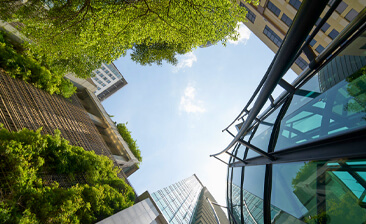A composting plant is designed to accelerate the natural process of turning organic residues into compost, a material rich in organic matter and nutrients used as a fertiliser (soil conditioner). This process, known as composting, occurs in controlled environments through the activity of microorganisms such as bacteria and fungi.
Composting plants can vary in complexity and scalability depending on the amount of organic waste handled.
Area served: Predominantly municipalities in the Tuscany region.
The main activities carried out at the plant include the sorting and recycling of urban waste, anaerobic digestion and quality composting of recycled waste and the disposal of non-dangerous, special waste in landfills. The main objectives, in compliance with current legislation, is to enhance material and energy recover and reduce the amount of disposed waste in landfills.
The two plants for energy production in Orvieto are both powered by biogas produced by the anaerobic section of the treatment plant and by landfills. In 2023, the amount of incoming waste in the plant was 99,513 tonnes. 60% (approximately 59,700 tonnes) was disposed in landfills, while the rest of it was almost entirely sent to the anaerobic digestion and composting section of the treatment plant for biogas and compost production.
Discover the latest news and initiatives of the Acea Group

Acea for World Energy Saving Day

Visit the virtual museum about the history of the Acea Group

The channel for the commercial requests on land urbanisation

Acea turns the spotlight on the Rome Film Festival 2023

Acea is in the "Gold class" in the .trust research

Read more about our culture of inclusiveness